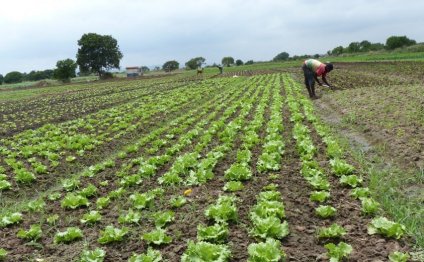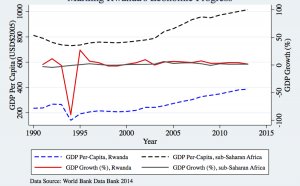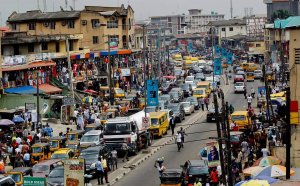Sub Saharan Africa agriculture
|
|
|
|
Agriculture in Africa
- Agriculture is essential for sub-Saharan Africa’s growth and for achieving the Millennium Development Goal of halving poverty by 2015.
- Agriculture employs 65 percent of Africa’s labor force and accounts for 32 percent of gross domestic product.
- Agricultural performance has improved since 2000, but growth is not yet fast enough. Agricultural GDP growth in sub Saharan Africa has accelerated from 2.3 percent per year in the 1980s to 3.8 percent per year from 2000 to 2005. Growth has been mostly based on area expansion, but land is scarce and many countries are facing limits to further expansion. Land and agricultural productivity must increase because African farm yields are among the lowest in the world.
- Higher and sustained growth will require attention to five core areas of public action:
- Facilitating agricultural markets and trade;
- Improving agricultural productivity;
- Investing in public infrastructure for agricultural growth
- Reducing rural vulnerability and insecurity; and
- Improving agricultural policy and institutions.
The World Bank’s Activities in Agriculture
- The World Bank, along with many of its partners, is working at regional levels on the five core areas and coordinating its work through the Comprehensive Africa Agriculture Development Program (CAADP) of the New Partnership for Africa’s Development (NEPAD) and the African Union Commission (AUC), all of which provide a framework for advocacy and sharing of experience. At the global level, progress on trade reform, particularly cotton subsidies in Organization for Economic Co-operation and Development (OECD) countries, and agricultural technology through the work of the Consultative Group on International Agricultural Research (CGIAR), are important for the region.
- The World Bank’s lending for sub-Saharan African agriculture has grown to over US$800 million in Fiscal Year 2009 from an earlier average of US$300 million between 2001 and 2005, and is planned to further increase to US $1 billion in Fiscal Year 2010.
- The World Bank is the single largest donor for improving Sub-Saharan Africa’s agricultural sector, assistance that is key to reducing hunger, poverty, and environmental degradation.
- The World Bank Africa Region has recently consolidated an Agricultural Unit of 79 staff (37 based in Africa) and is working to operationalize conclusions of the 2008 World Development Report Agriculture for Development and to address past shortcomings identified in the 2007 Independent Evaluation Group’s review “Agriculture in Sub-Saharan Africa.”
- The Region is moving ahead with a set of flagship activities that will help define key results in the five core areas mentioned above.
|
Source: web.worldbank.org
RELATED VIDEO
Microdosing: Increasing crop production in sub-Saharan Africa
How can trade improve food security in sub-Saharan Africa?
NickHolmeAccessAfrica1.m4v
Related posts
DECEMBER 13, 2025
Growth still robust but at lower end of range by recent standards Sharp decline in oil prices poses formidable challenges…
Read More
DECEMBER 13, 2025
The right kind of interventionism by C.W. | LONDON SUB-SAHARAN Africa (SSA) can be a great place to do business. Mauritius…
Read More















